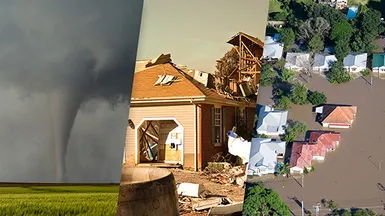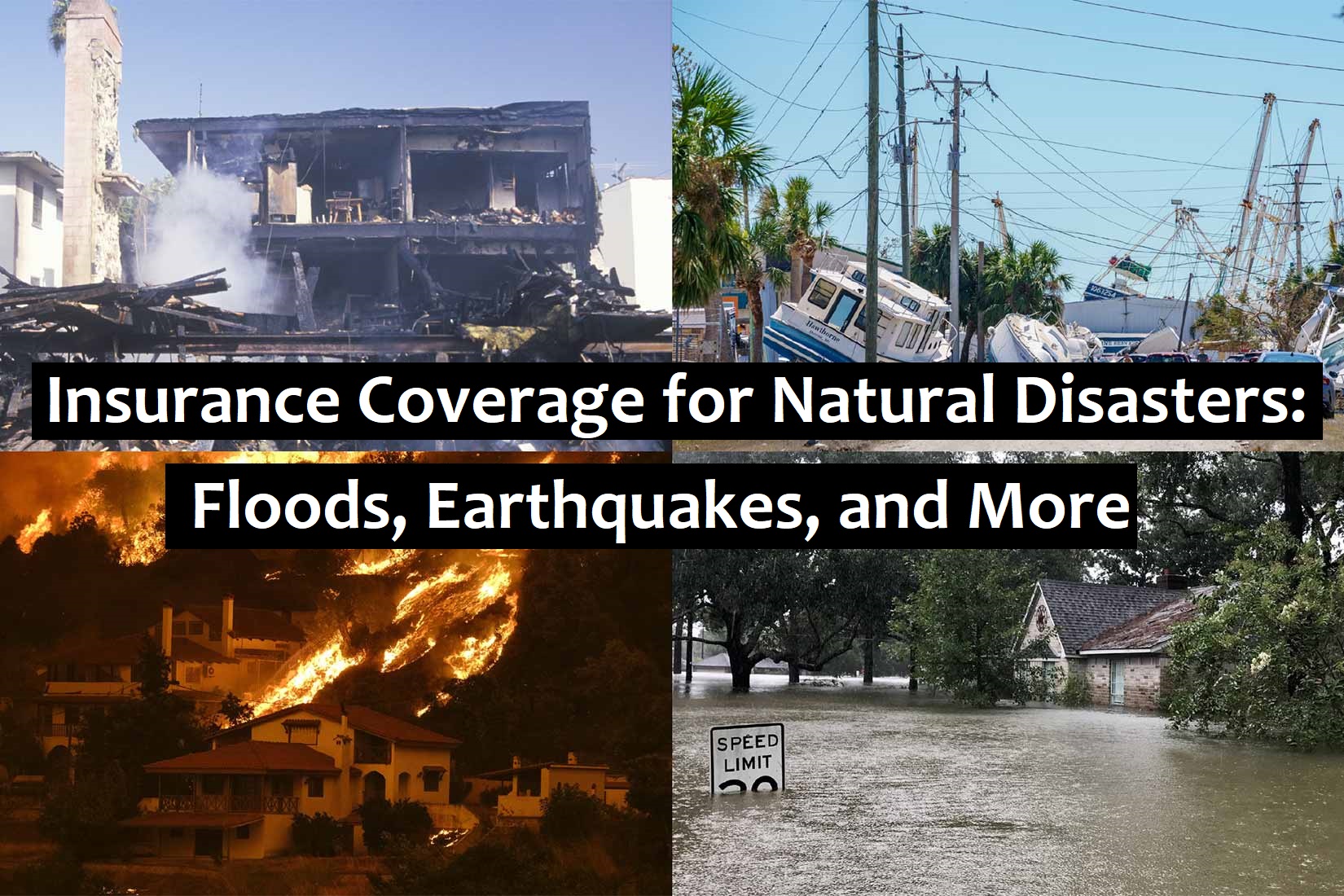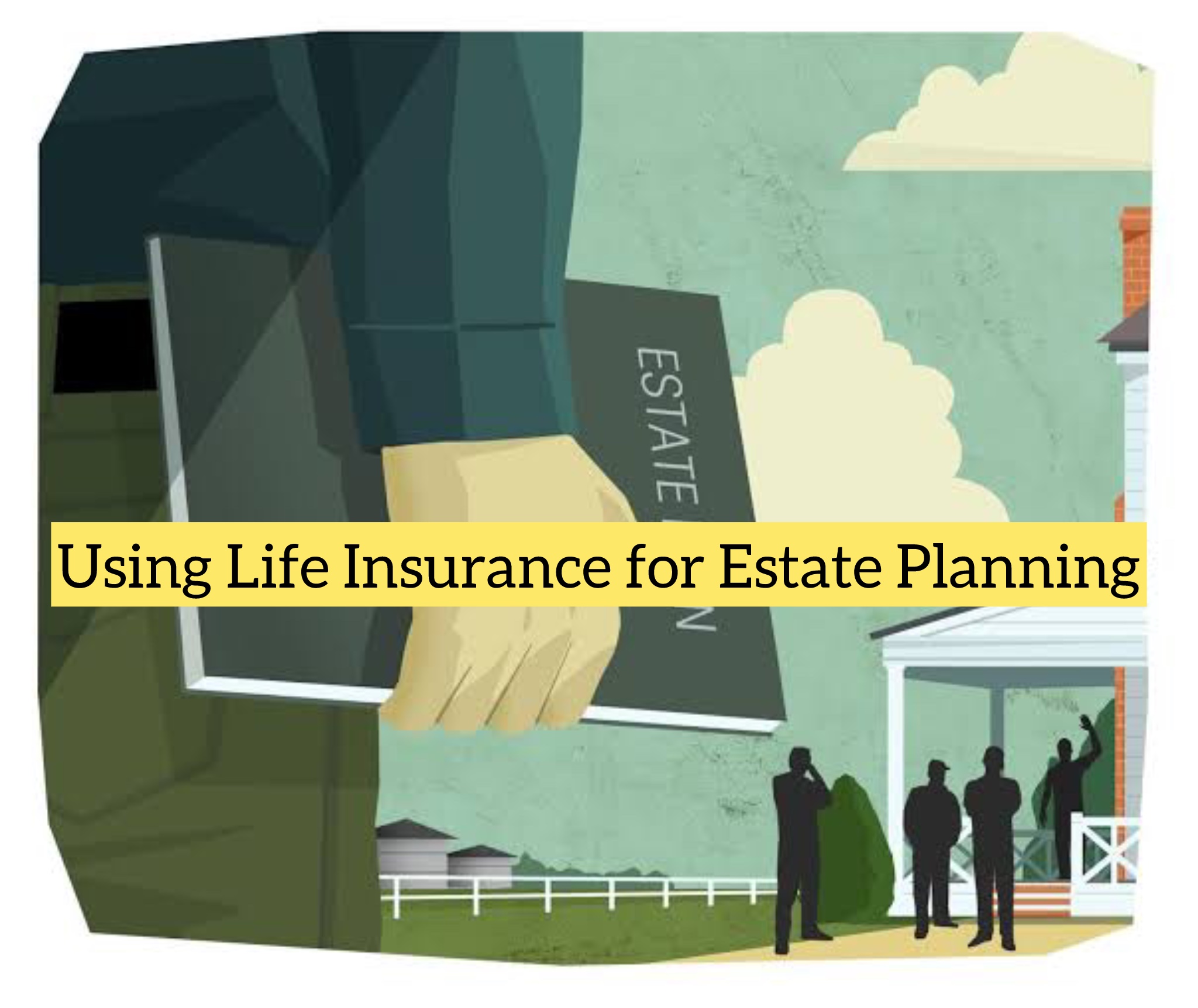Natural disasters are unpredictable and often devastating. From hurricanes and wildfires to floods and earthquakes, these events can cause severe damage to homes, businesses, and infrastructure. As climate change intensifies, the frequency and severity of these disasters are increasing. This reality makes it more critical than ever to understand what insurance coverage is available to protect against these catastrophic events.
In this comprehensive guide, we’ll explore how insurance coverage works for natural disasters, including floods and earthquakes, and offer tips for ensuring you’re adequately protected.

Why Insurance Coverage for Natural Disasters Matters
Most standard homeowners, renters, and business insurance policies do not cover all types of natural disasters. Many policyholders are surprised to find they lack coverage after a disaster strikes. Understanding the limitations of your current insurance and exploring additional coverage options is essential for financial preparedness.
Types of Natural Disasters and Their Coverage Options
1. Floods
Floods are one of the most common and costly natural disasters. They are rarely covered under standard homeowners insurance policies. Instead, flood insurance is typically offered through the National Flood Insurance Program (NFIP) or private insurers.
Key Points:
- Flood insurance covers structural damage and personal belongings.
- Separate policies for building and contents may be necessary.
- There’s usually a 30-day waiting period before coverage kicks in.
2. Earthquakes
Most homeowners insurance policies exclude earthquake coverage. To protect your home from earthquake damage, you need a separate earthquake insurance policy.
What Earthquake Insurance Covers:
- Structural repairs to your home
- Personal property damaged during the quake
- Additional living expenses if your home becomes uninhabitable
Important Considerations:
- High deductibles are common (10–20% of the home’s value)
- Premiums vary based on location, especially in high-risk zones like California
3. Hurricanes and Windstorms
Standard homeowners insurance may cover some wind damage, but not flood damage that often accompanies hurricanes. In hurricane-prone areas, insurers may impose separate hurricane deductibles.
Tip: Check your policy for windstorm exclusions and consider windstorm insurance if you live in a high-risk coastal region.
4. Wildfires
Wildfires are generally covered under standard homeowners insurance. However, in high-risk areas, coverage may be limited or come with high premiums.
Key Considerations:
- Replacement cost vs. actual cash value
- Fire suppression and smoke damage
- Loss of use or temporary housing coverage
5. Tornadoes
Tornado damage is usually included in standard homeowners insurance, under windstorm coverage. However, like hurricanes, you may face a separate deductible in tornado-prone areas.
6. Volcanic Eruptions
While rare, volcanic eruptions can cause extensive damage. Standard homeowners policies may cover some aspects like fire or ash damage but exclude others like lava flow.
Business Insurance and Natural Disasters
If you own a business, it’s crucial to consider how natural disasters can impact operations. Common coverage options include:
- Commercial Property Insurance: Covers physical damage to business property.
- Business Interruption Insurance: Reimburses lost income during disaster-related closures.
- Flood and Earthquake Riders: Often needed as add-ons for full protection.
Renters Insurance and Natural Disasters
Renters insurance typically covers personal belongings but not the structure itself. Like homeowners, renters need to purchase additional flood or earthquake coverage if they live in a high-risk area.
Tip: Ensure your policy includes loss-of-use coverage, which pays for temporary housing if your rental becomes uninhabitable.
Evaluating and Enhancing Your Coverage
1. Assess Your Risk
Use FEMA’s flood maps or USGS seismic activity maps to determine your risk level.
2. Review Your Current Policy
Identify exclusions and limits in your homeowners, renters, or business policy.
3. Purchase Supplemental Policies
Consider flood and earthquake insurance as necessary. Evaluate other riders like:
- Sewer backup coverage
- Debris removal
- Building ordinance coverage
4. Maintain an Inventory
Keep a digital record of your personal belongings with photos and receipts. This will simplify the claims process.
Cost of Natural Disaster Insurance
Premiums vary based on location, risk level, and property value. Here are some general guidelines:
- Flood Insurance: $700–$1,400/year (can be higher in high-risk zones)
- Earthquake Insurance: $800–$5,000/year depending on risk and deductibles
- Hurricane/Windstorm Riders: Additional cost to base premium, often with high deductibles
Government Assistance vs. Insurance
Federal disaster assistance is not a substitute for insurance. It often comes in the form of low-interest loans that must be repaid. Insurance provides faster, more comprehensive protection.
Common Myths About Natural Disaster Insurance
- “My homeowners insurance covers everything.” It doesn’t. Floods and earthquakes are almost always excluded.
- “I’ll get government aid if disaster strikes.” Aid is limited and not guaranteed.
- “I don’t live in a high-risk area, so I don’t need coverage.” Disasters can happen anywhere. Many claims come from outside high-risk zones.
Final Thoughts
As the threat of natural disasters continues to grow, understanding your insurance options becomes a vital part of financial preparedness. Floods, earthquakes, hurricanes, and wildfires can cause immense damage—but the right insurance policies can help you recover faster and with fewer financial setbacks.
Don’t wait until after disaster strikes to assess your coverage. Take proactive steps today to ensure that you, your family, and your property are protected.
If this article was informative also checkout: Pet Insurance
also checkout: Click Here



